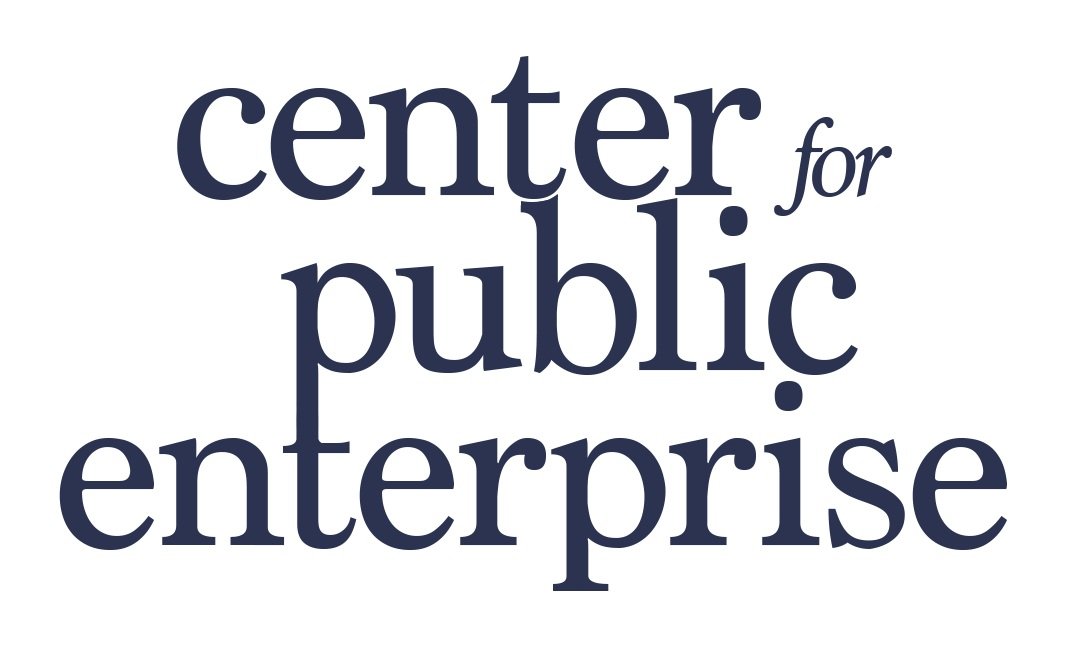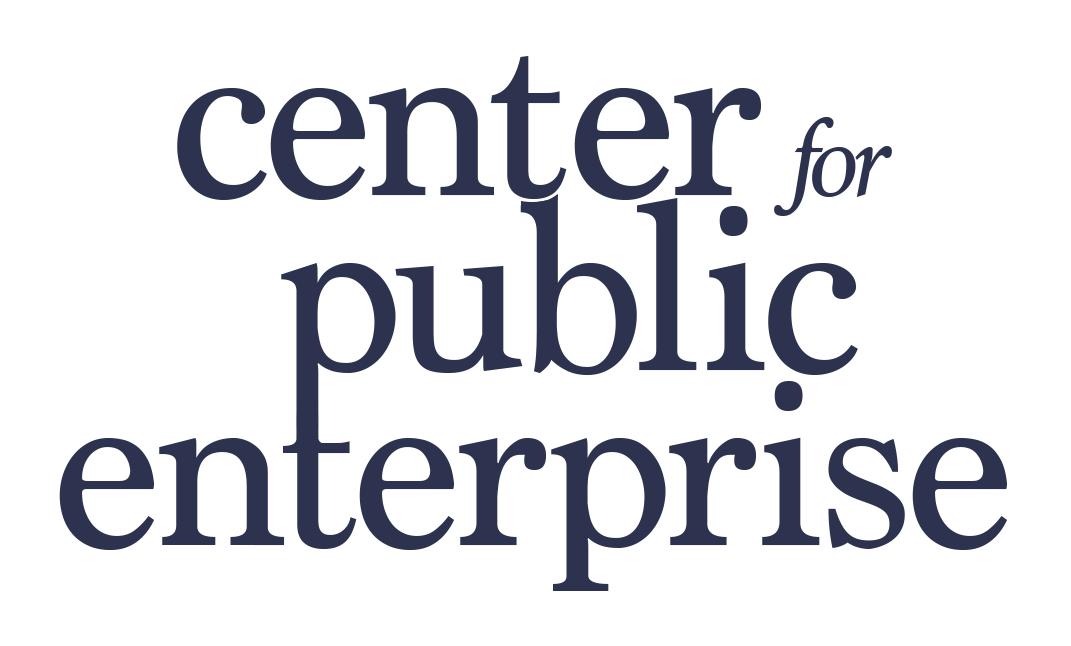Greenhouse Gas Reduction Fund, Part 3: Public Options Support Public Finance
Part 3: Public Options Support Public Finance
By Advait Arun and Yakov Feygin
See previous: Part 1 and Part 2
Entities seeded by the GGRF will have to change their strategy when governing the markets that they created: they will have to work to become public options that compete with and shape the behavior of other market participants. This is important not only because private investors may underbuild, but because they may deliver bad outcomes. Just because a market works does not mean it is not predatory or prone to faltering—look no further than rooftop solar.
To overcome these problems, GGRF recipients can already take steps to support the public development of critical assets. Public development is different from public lending: a public developer can hold, operate, and build assets, while lenders—whose job it is to issue credit to developers—are generally not interested in holding and operating assets.
Seeding public developers makes good business sense: because public developers have longer time horizons, greater risk tolerance, and lower hurdle rates than their private counterparts, they can use this implicit balance sheet space to support consumers through providing more stable prices and a greater quantity of services. For example, a publicly owned electric vehicle charging network developer could build more charging stations than a private competitor could assuming that, all else equal, the public developer were willing to take home a lower profit margin.
Public developers can shape already well-established markets by competing with private entities and filling gaps in their capacity to provide adequate goods and services. Public developers are less affected by broad financial conditions, which means that they can take on projects that do not pencil out for their private counterparts. In capital-intensive sectors of the economy, such as multifamily housing or offshore wind, any delays mean that shortfalls in demand—and, thus, thus developer interest in investing—might pause the installation of projects which will be all the more necessary when demand for them recovers. Moreover, public developers can be self-financed. They are not designed to lose money, but do not need to prioritize profits. This also means that a public developer can use any profits to directly or indirectly stabilize prices.
GGRF recipients, as lenders, can enable public options in new and existing markets through several mechanisms:
Funding public developers or acting like public developers, either by lending to entities that can build and operate publicly owned assets in key sectors such as energy generation, transmission, and housing, and hold equity; or by being a direct equity investor in public goods provision.
Developing market power. A GGRF recipient could do for decarbonization what Fannie Mae and Freddie Mac do for housing markets: they can set and enforce fair underwriting standards and monitor for fraud simply by choosing not to do business with counterparties that do not match its criteria, which can be designed to protect the public. This should backstop public developers and any private developers willing to play by public standards.
Cross-subsidizing public goods by using profits from high-yielding or low-risk investments to support credit to higher-risk projects—perhaps projects serving low-income communities that private investors may not otherwise extend credit to—or directly funding public developers with profits.
Some of these options are already being pursued by GGRF recipients. In their application for the NCIF, the Coalition for Green Capital has discussed dedicating some of its investment to equity and equity-equivalent financing, and has argued for the importance of cross subsidies as a source of their member banks’ leverage. All applicants to the NCIF have raised the importance of providing bridge and construction financing for elective pay recipients—which are mostly public and non-profit developers that, by statute, must own the energy assets that elective payments from the IRS will help support.
But more can be done: lenders should prioritize issuing debt to public developers that can build revenue-generating assets that can support decarbonization goals in the long run and create further sources of cross-subsidies.
Public development of housing is a promising investment in this respect. CPE has been working with partner housing finance agencies to replicate Montgomery County’s model of housing financing through the public housing authority. Crucially, Montgomery County’s Housing Opportunities Commission reinvests the appreciation in the value of the mixed-income housing properties it owns into building more mixed-income properties. Considering that almost $260 million dollars in direct NCIF investments alone are specifically earmarked for new carbon-neutral multifamily housing that is accessible to all income groups, while millions more are available in broader housing buckets in both the NCIF and CCIA, GGRF lenders should capitalize public developers using mixed-income development models like Montgomery County’s.
Public power entities are also crucial clean energy developers who will be able to leverage multiple parts of the IRA, including elective pay, to build publicly owned and operated generation assets that can bring direct benefits to communities. It would be wise for GGRF recipients to pay special attention to financing public power in particular.
The success of the GGRF, then, relies first and foremost on how the recipients of its funding can create liquid, standardized markets that crowd in other public and private investors. But no market will succeed without public backstops and public options to cushion against financial shocks and private investors’ hesitancy to finance unfamiliar projects. The GGRF can make markets, yes—but keeping them requires more supportive policymaking.


